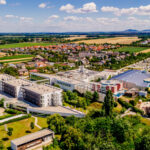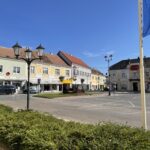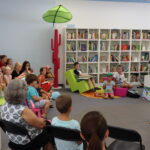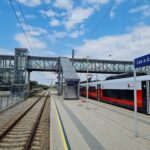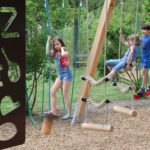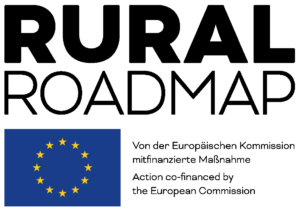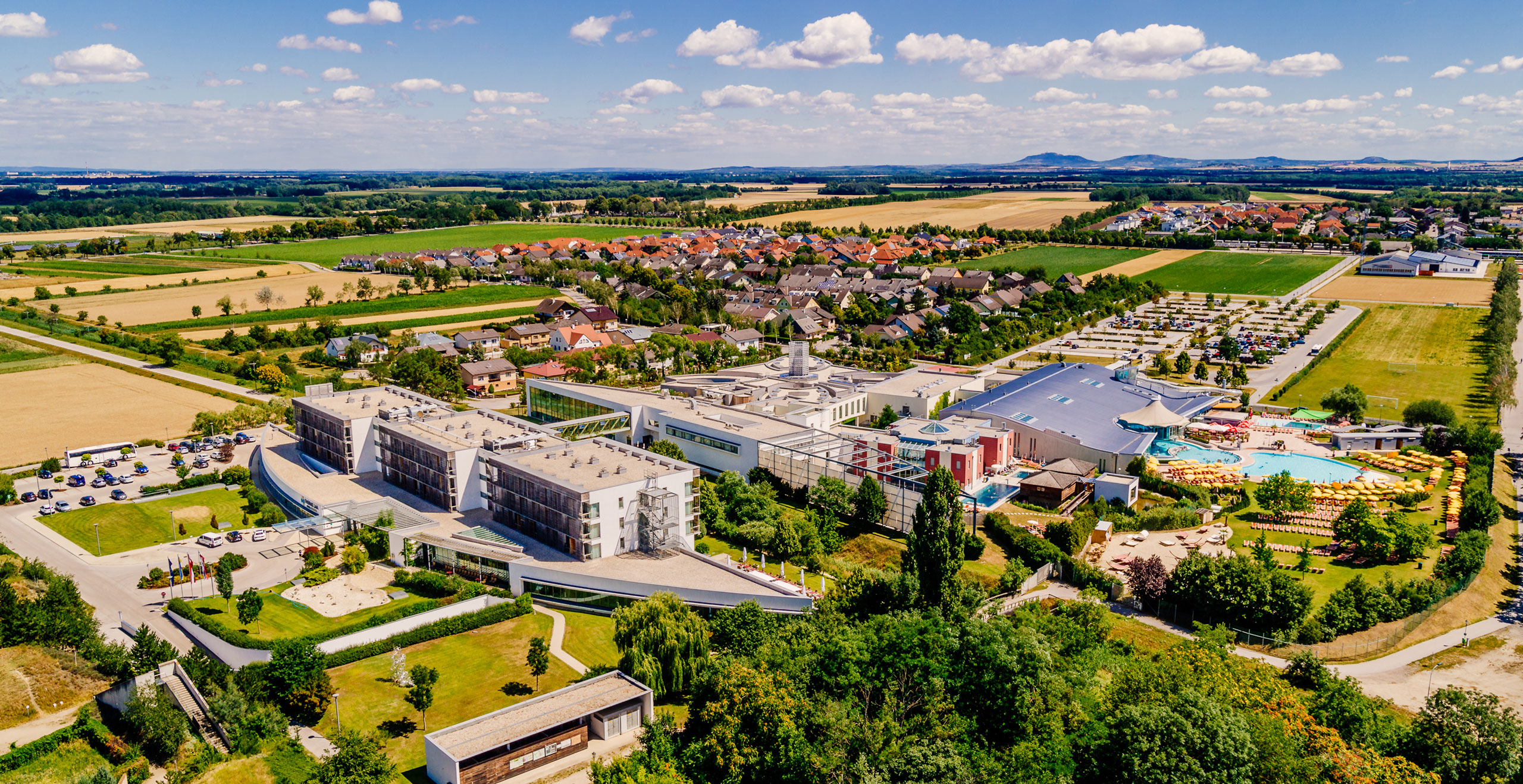
Laa an der Thaya, Lower Austria, Austria
Laa an der Thaya is a small-town municipality with 6,280 inhabitants, located directly on the border to the Czech Republic. The former burden of the “Iron Curtain”, which significantly restricted the field of action, is still present in the minds of the population, but no longer weights on them. Today, the residents on both sides of the border see this area as a place of exceptional opportunities for new entrepreneurial initiatives and cooperation.
Laa an der Thaya impresses with a continuous development process, which is primarily aimed at improving economic prospects on the one hand and increasing the quality of life of the various population groups on the other. In particular, the construction of the thermal baths can be seen as a courageous step as well as an initial spark. This project has brought about change on several levels: it created numerous jobs in a rather underdeveloped area, gave local companies and service providers the opportunity to offer their products and know-how to wellness guests, and strengthened the connections with surrounding communities on both the Austrian and Czech side of the border. This has preserved Laa an der Thaya’s role as a regional centre.
In the wake of the thermal baths and thanks to a few innovative actors, several remarkable initiatives in gentle tourism, trade and agriculture were developed. Above all, the rediscovery of hemp cultivation including processing and marketing, should be mentioned. This process was initiated by the district village of Hanfthal, which even carries the important plant in its name (Hanf = hemp). A group of innovative people has acquired skills in this branch of agriculture over many years of hard work, both in terms of cultivating the plant in the field and its diverse processing and application possibilities. The products can be purchased in their own shops and can also be found on the menu of several restaurants in the municipality and the region.
In addition to the agricultural “flagship” hemp, a number of other farmers began to organically produce agricultural specialties, process them and market them directly and locally. Particularly noteworthy is the annual “Onion Festival”, organized by the municipality, which focuses on a particularly typical crop of the Laa Basin and has developed into a multi-day regional festival that attracts thousands of visitors to the town. To strengthen regional value creation, a voucher system was developed that makes local shopping more attractive for consumers. This system will be expanded as part of the Leader project “Kauf regional” and digital options, such as a city app, will be added.
The community leaders seize many opportunities to support the thriving local economy and to encourage activities for the common good – for example, they supported the expansion of the thermal baths towards exclusivity with the Silent Spa, helped an entrepreneur with the creation of an attractive business location in the immediate city center (bakery, coffee house and ice cream parlor) despite complex monument preservation challenges, and they develop new ideas together with local entrepreneurs to provide the best possible care (health center).
This concern is also reflected in the “Green Belt” project, which aims to create a network of parks, green spaces, fallow areas, avenues and playgrounds in the municipal area in order to strengthen biodiversity. The targeted creation and maintenance of flowering meadows and orchards should also be mentioned in this context. However, special attention is paid not only to nature, but also to the people, which is reflected in a number of projects. The Motorik-Park, for example, in the immediate vicinity of the newly built health center is exceptionally attractive for young and old. Additionally, a pedestrian bridge called “Skywalk” was created to connect the “Kellerhügel” district to the rest of the town, as the district is separated by railway tracks.
The sensible and inclusive treatment of people with special needs should also be emphasized. As part of the social program of the Caritas day care center, the aim is to offer a wide range of work opportunities for people with a wide variety of skills and special needs, with the Caritas café in particular ensuring an inclusive character. An assisted living establishment in the town center is currently under construction.
Finally, the image of the community is shaped by a wide range of efforts in the field of art, culture and cultural heritage. Over the past few years, numerous art and education initiatives were implemented, several historically valuable buildings have been restored and converted into art and cultural sites. This includes an open-air gallery on the site of the former public hospital. The relocation of the city library to the historical center is also a welcome initiative. Particular attention was and is given to the renovation and revitalization of the Laaer Castle, which serves as an emotional landmark and is even part of the municipal coat of arms. The major goal is to reopen the castle to all citizens as part of the overall ensemble of the historic city center, which has been in a state of slumber for decades, and to make it attractive for events of all kinds.
Laa an der Thaya has managed to build a series of “bridges” that connect the various projects into a sustainable development process, greatly benefiting the residents of the community itself and, beyond that, the entire region.
Evaluated: 2022
